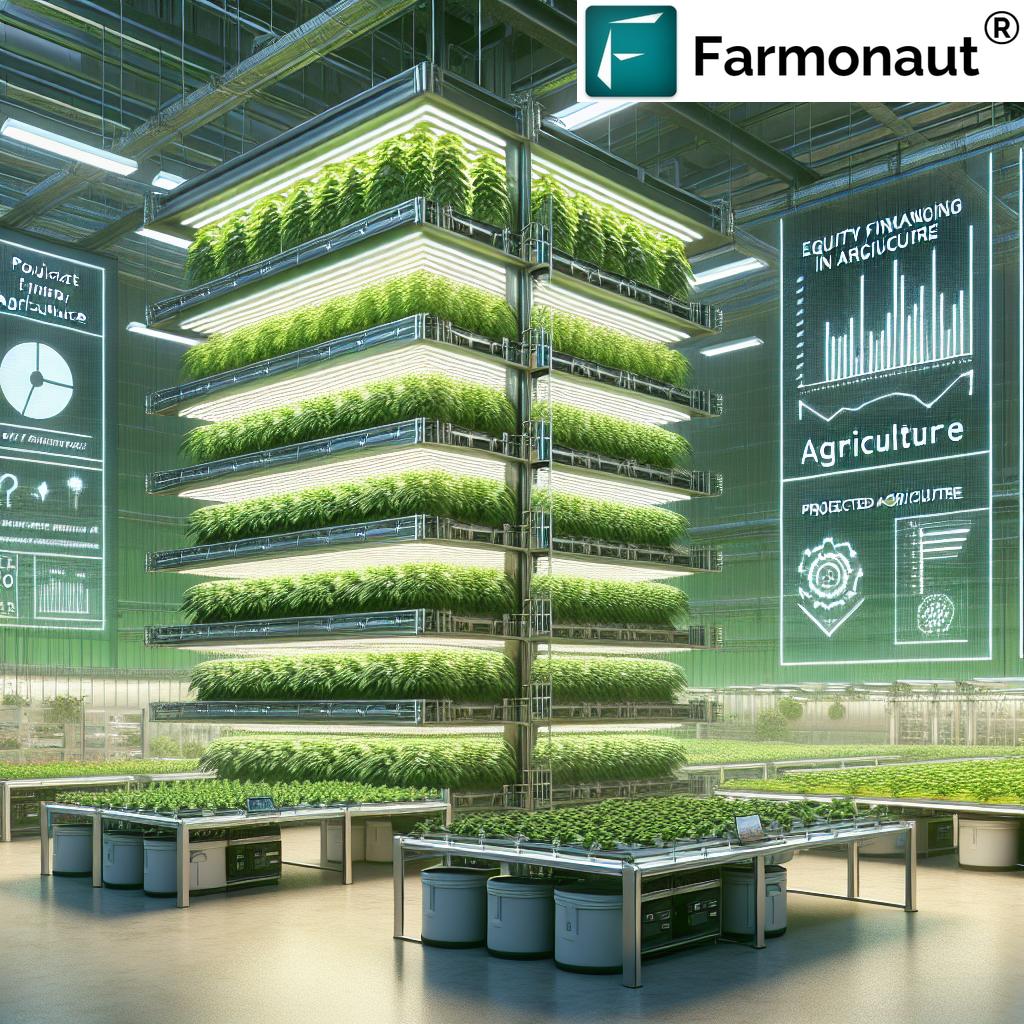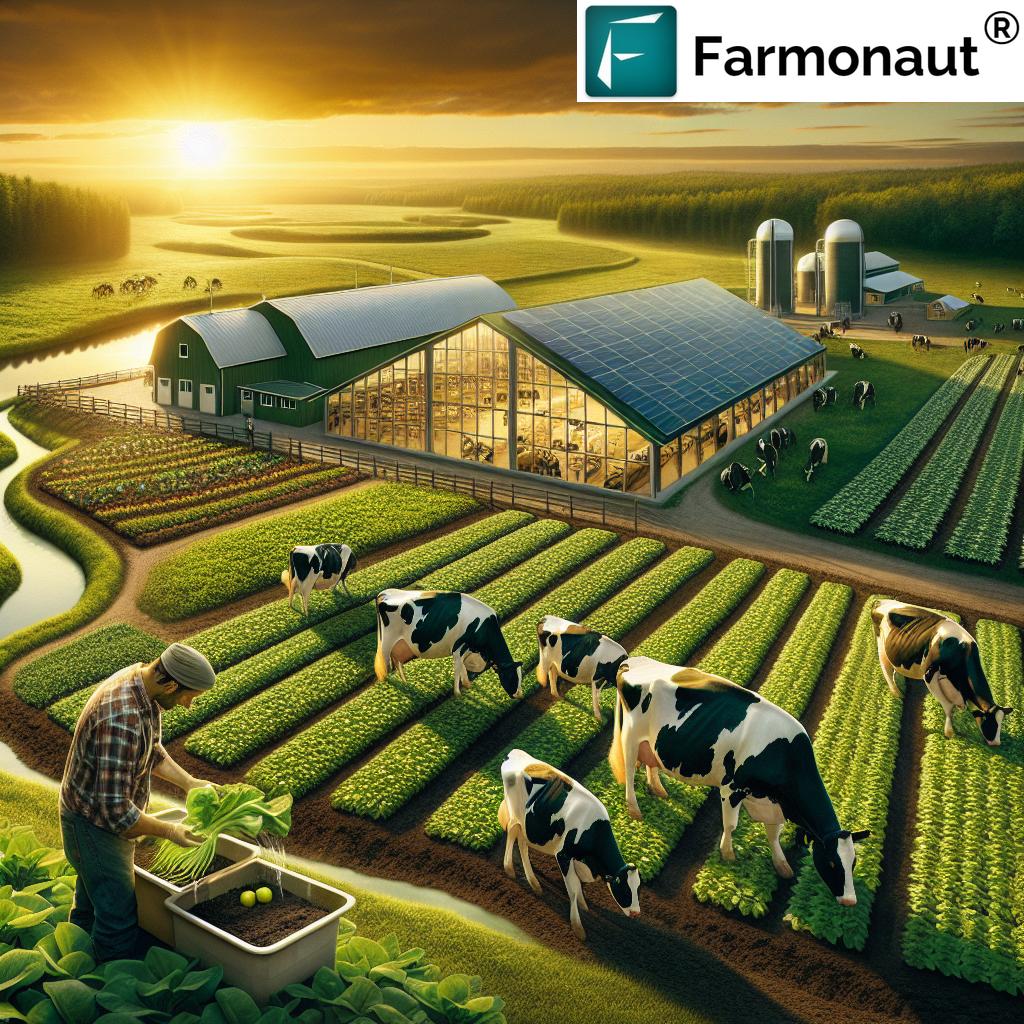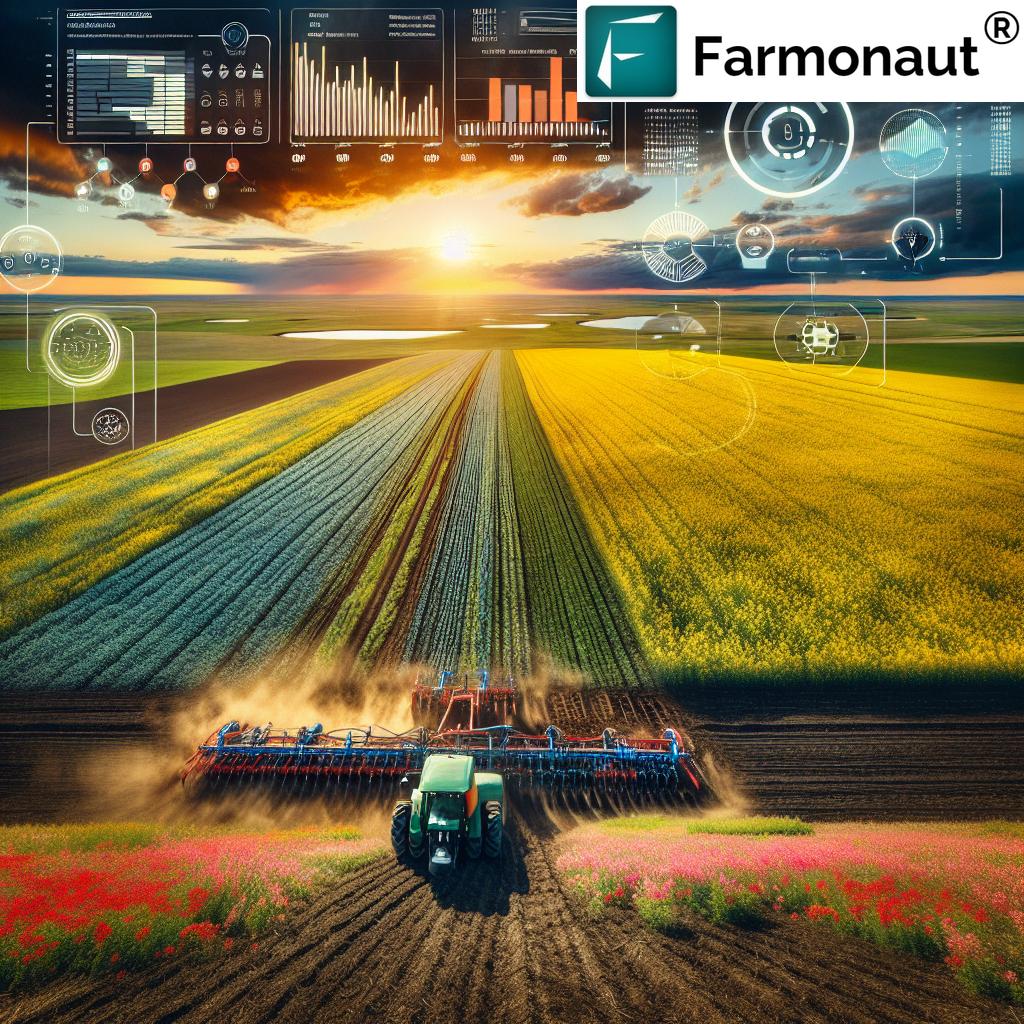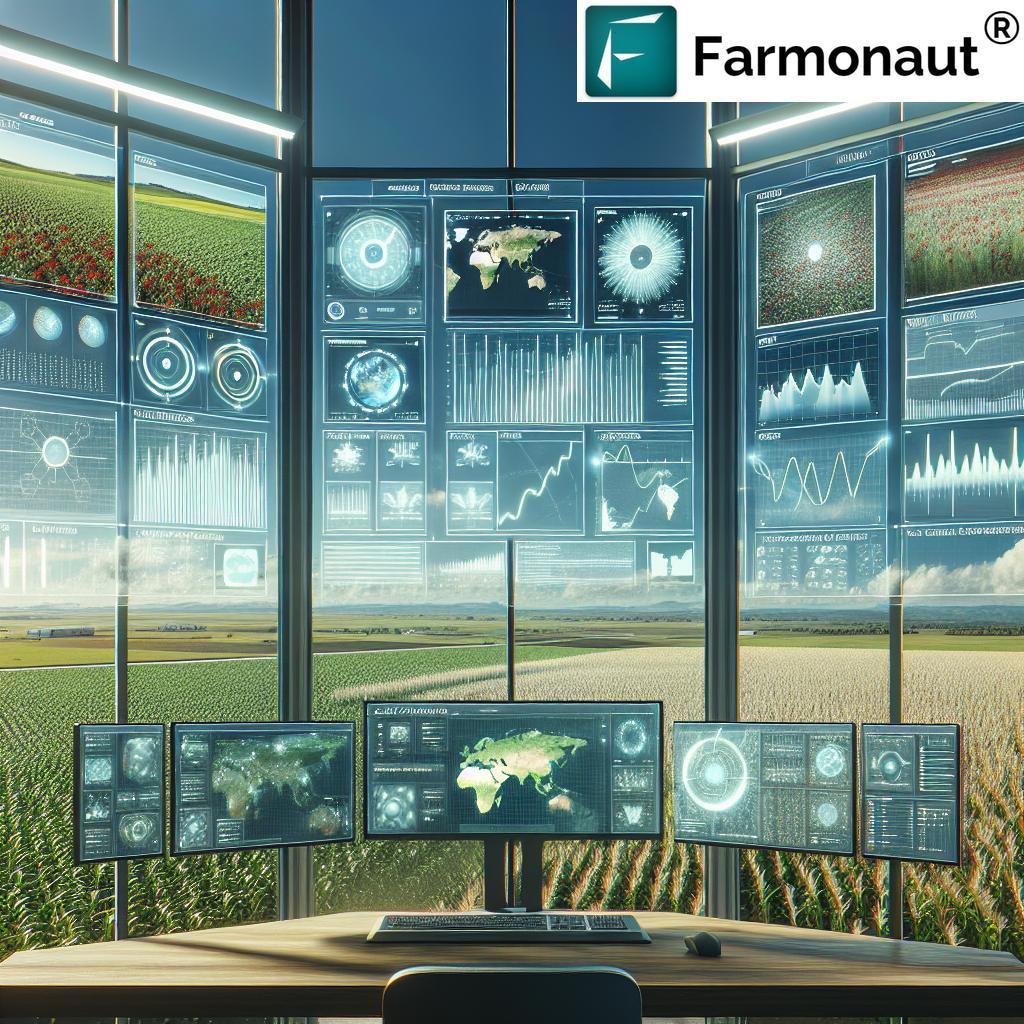Agriculture Loans Spokane, Texas & Canada: 2025 Grants
Meta Description: Discover 2025 agriculture loans in Spokane, Texas, and Canada—explore innovative financing, precision ag tech, and sustainable grant opportunities supporting farm growth and resilience across regions.
“Over $2 billion in agriculture loans were distributed across Spokane, Texas, and Canada in 2024, fueling tech-driven farming.”
Agriculture Loans in 2025: Empowering Farmers Across Regions
In 2025, agriculture remains a cornerstone of global food security, rural livelihoods, and economic stability. The sector faces mounting challenges—from climate variability to rapidly advancing technologies—which means farmers must continually adapt their practices and embrace innovative solutions. One recurring necessity is access to affordable, flexible agriculture loans and grants. Whether you’re in Spokane, Washington, the vast landscapes of Texas, or the innovative farming regions of Canada, understanding evolving financing options is crucial for sustainable farm growth.
The availability of agriculture loans, programs, and grants across these diverse regions ensures farmers can adopt new technologies, improve operations, and withstand the unpredictable impacts of climate change. In this blog, we’ll explore agriculture loans Spokane, agriculture loans Texas, and agriculture loans Canada for 2025—focusing on how innovation, precision agriculture, and sustainability are shaping the lending landscape for farmers.
Agriculture Loans Spokane: Advancing Pacific Northwest Agribusiness
The Role of Agriculture Loans in Spokane’s Fertile Inland Northwest
Spokane, Washington is situated in the rich, productive lands of the Pacific Northwest’s inland region. With its diverse landscape, agriculture in Spokane encompasses a broad variety of crops—from wheat, legumes, and specialty fruits to emerging organic and agritourism ventures. This dynamic setting makes agriculture loans Spokane essential for both traditional producers and innovative farmers seeking to expand operations or adopt precision farming technologies.
Key Features of Spokane’s Agriculture Loan Programs
- Tailored Loans: Products address the specific needs of crop farmers, livestock producers, and agribusinesses—ranging from annual operating credit to equipment purchase loans.
- Support for Precision Agriculture: Spokane lenders often emphasize financing for soil sensors, GPS-guided implements, and variable rate applications that help optimize inputs, enhance yields, and reduce resource waste.
- Flexible Repayments: Many banks and credit unions in Spokane accommodate seasonal income fluctuations and offer variable interest rates, reflecting the realities of the farming cycle.
- Sustainability Focused: Certain loan programs are coupled with grants for water-efficient irrigation systems and resource management improvements, which are critical for managing drought conditions and preserving soil health.
- Emerging Sectors Support: Loans also target organic farming and diversified ventures like agritourism, connecting local producers to growing markets.
Where to Access Agriculture Loans Spokane
- Local Banks & Credit Unions: Institutions such as Washington Trust Bank, STCU, and numerica are leaders in agricultural lending within Spokane County, offering competitive rates for farm expansion and precision ag investments.
- Government Programs: USDA Farm Service Agency (FSA) provides guaranteed farm loans, microloans, and disaster relief funds.
- Technology Providers: Lenders may require or reward use of real-time satellite monitoring, such as those supported by services like Farmonaut’s large-scale farm management tools—helping verify crop conditions for loan eligibility and risk management.
Innovative Solutions in Lending: Precision and Sustainability
Agriculture loans Spokane in 2025 stand out for their strong alignment with innovation and sustainability. Increasingly, farmers seeking to leverage these loans are incorporating Farmonaut’s carbon footprint monitoring tools (see Carbon Footprinting product page), which support compliance with new environmental requirements and can unlock eligibility for certain green grants.
By using remote sensing, AI-driven crop advice, and environmental monitoring, Spokane farmers optimize resource use, manage risks, and boost the odds of loan approval—turning technology adoption into an asset for their financial operations.
“In 2025, over 30% of new farm loans in these regions will support precision agriculture and sustainable practices.”
Agriculture Loans Texas: Meeting the Needs of a Vast Economy
A Leader in Agricultural Output: The Demand for Loans in Texas
Texas consistently ranks among the largest and most diverse agricultural economies in the United States. Home to significant cattle ranching, cotton, corn, and poultry production, as well as emerging high-value crops and family farms, Texas agriculture depends on dynamic financing options. In 2025, the drive for sustainable ranching, drought resilience, and tech adoption is more important than ever.
Key Features of Agriculture Loans Texas Programs
- Specialized Financing: Texas lenders design products for different segments—large commercial producers, family-operated farms, and specialty agribusinesses.
- Drought-Resistant Agriculture: Loans encourage crop varieties and infrastructure investments that help manage unpredictable climate conditions.
- Digital Application Platforms: Many lenders are adopting streamlined online portals, expediting the loan process and supporting farmers with instant access during key planting or recovery periods.
- Government & Private Programs: USDA Farm Credit, Texas Department of Agriculture grant initiatives, and local banks all support technology and sustainability investments.
- Infrastructure Improvements: Financing for modern feedlots, cold storage, and renewable energy—like solar irrigation—are available through both loans and grants.
Where to Access Agriculture Loans Texas
- Farm Credit Associations: AgTexas, Capital Farm Credit, and Lone Star Ag Credit are major agricultural finance providers in Texas, offering short and long-term loans with flexible repayment schedules.
- Commercial Banks: Frost Bank, Comerica, and Wells Fargo offer farm operating loans, equipment financing, and agribusiness lending products.
- USDA & State-Level Grants: Federal and State programs provide low-interest loans, grants for water conservation, and support for carbon-friendly livestock operations.
- Precision Ag Technology Providers: Program eligibility expands if producers integrate satellite-based monitoring and AI-based advisories, like those available with Farmonaut’s crop loan and insurance solutions.
Innovative Lending: Embracing Digital & Sustainable Practices
The agriculture loans Texas market now recognizes the vital link between precision farming and financial sustainability. Lenders offer bonus incentives, rate reductions, or grant eligibility to farmers who deploy telemetry, satellite imaging, and AI-powered farm management platforms. These innovations streamline documentation—one example is using Farmonaut’s fleet management tools to document asset utilization, resource conservation, and supply chain efficiency for compliance and reporting.
Popular Agriculture Loan Uses in Texas for 2025
- Investing in conservation tillage and sustainable irrigation systems to buffer frequent droughts.
- Expanding advanced poultry, hog, and beef operations with digital climate control and health monitoring.
- Integrating renewable energy—such as solar pumps for irrigation—to minimize carbon footprint and operating costs.
- Adopting AI-driven resource planning software (such as Farmonaut’s Jeevn AI system) for risk management and crop scheduling.
Agriculture Loans Canada: Bridging Tradition and Innovation
Canada’s Agriculture Loans, Grants & Support Programs in 2025
Canada’s agricultural landscape—from prairie grain farms to thriving dairy operations in Ontario and innovative horticulture in British Columbia—relies on a robust network of agriculture loans Canada and targeted grants in 2025. These programs encourage environmental stewardship, technological adoption, and rural resilience, meeting the needs of both large-scale agribusinesses and smaller, diverse producers.
Notable Features of Agriculture Loans Canada
- Low-Interest Loans & Credit: Farm Credit Canada, TD, RBC, and Desjardins lead in farm financing, offering competitive products designed to facilitate land acquisition, equipment upgrades, and working capital for every region and sector.
- Grants for Sustainability & Innovation: Government of Canada (Agriculture and Agri-Food Canada—AAFC) funds grants for carbon-reducing practices, climate adaptation, and technology-driven improvements.
- Targeted Programs: Special attention is given to Indigenous and underrepresented farmers through tailored loans and inclusive grant criteria, encouraging broad-based economic development in rural Canada.
- Focus on Technology: Precision agriculture and digital mapping tools, such as Farmonaut’s large-scale farm management platform and
 Web App Access, streamline resource planning and compliance monitoring for loans and grants.
Web App Access, streamline resource planning and compliance monitoring for loans and grants. - Sustainability Incentives: Many grant programs cover costs for adopting agroforestry, organic farming, improved irrigation systems, and real-time carbon monitoring.
Precision Farming Technologies Accelerate Loan Accessibility
As Agriculture and Agri-Food Canada (AAFC) expands its focus on sustainability and innovation in loan/grant programs for 2025, banks and lenders may require real-time precision farming support for eligibility. Integrating blockchain-based product traceability (see Farmonaut’s traceability product page) and remote soil or climate monitoring strengthens farmers’ loan applications, ensuring transparency and future-proofing Canadian agriculture.
Key Canadian Agriculture Loan & Grant Programs for 2025
- Canadian Agricultural Loans Act Program (CALA): Supports farm property, equipment, and improvement loans up to $500,000 CAD for eligible farmers.
- Federal & Provincial Grants: Available for technology adoption, carbon reduction, and food security projects, especially for sustainable and Indigenous-led farms.
- Farm Credit Canada’s Sustainability Incentives: Bonus grants for farmers who integrate low-carbon farming techniques, agroforestry, and digital resource management.
Synergy: Agriculture Loans and Grants for Sustainable Growth
A leading trend across Spokane, Texas, and Canada is the strategic combination of agriculture loans and grants. This synergy enables farmers to lower upfront costs when investing in technologies that propel sustainability—such as installing solar-powered pumps, bioenergy plants, or waste-to-fertilizer units.
The Hybrid Financing Model in Practice
- Grants: Non-repayable funds, generally covering 15-50% of eligible project costs for sustainable or tech-driven investments.
- Loans: Provide the remainder of financing, with options for interest rate reductions or longer repayment due to positive environmental impact.
- Risk Reduction: Coupling a grant with a loan incentivizes both lender and borrower, increases lender confidence, and accelerates technology adoption.
In all regions, hybrid programs encourage farmers to adopt sensors, automated irrigation, AI crop systems, and traceability tools—building more resilient, sustainable businesses.
Satellite Monitoring & Technology’s Role in Agriculture Loans
Technological innovation is transforming both farming and agriculture loan programs across Spokane, Texas, and Canada. The integration of advanced tools enhances loan eligibility, streamlines monitoring, and supports sustainability:
- Satellite-Based Monitoring: Real-time crop health data (e.g., NDVI), soil condition analytics, and environmental impact reporting reduce risk for lenders—enabling precise, informed agriculture loan decisions and enhancing trust across the agricultural sector.
- AI Advisory Systems: AI, like Farmonaut’s Jeevn AI, offers farmers custom strategies that factor in climate risk, resource optimization, and best agronomic practices. This can boost production and improve profitability, which lenders value when assessing loan viability.
- Blockchain Traceability: Product traceability platforms help capture supply chain data, reduce fraud, and prove compliance with grant or loan mandates (Read more at: product traceability).
- Environmental Monitoring: Lenders are increasingly requiring borrowers to document their carbon footprint and resource use through digital monitoring, especially in programs with sustainability incentives.
At Farmonaut, we believe advanced satellite and AI-powered technology should be accessible and affordable for every farmer and institution. Our subscription-based solutions (see details below) help streamline monitoring, documentation, and compliance, making it easier to secure agriculture loans and grants—while also managing resources effectively for long-term sustainability.
Learn how Farmonaut can help you document your crop health, optimize farm resources, and ensure seamless compliance for loans or insurance applications. See Crop Loan & Insurance for use cases.
Developers and agri-businesses can easily integrate satellite intelligence into their software for real-time farm monitoring or loan compliance. Please visit our API and API developer docs to learn more.
Agriculture Loan & Grant Options Overview Table (2025)
| Region | Loan Type | Estimated Loan/Grant Amount | Estimated Interest Rate (%) | Eligibility Criteria | Precision Farming Support | Green/Sustainable Incentives |
|---|---|---|---|---|---|---|
| Spokane, WA | Bank Loan | $50,000 – $1,000,000 USD | 5.0 – 7.5% | Active producer, crop or livestock farm, adoption of tech practices encouraged | Yes – loans often require/appreciate proof via satellite monitoring | Yes – lower rates for water-saving and organic projects |
| Spokane, WA | Government Grant | $10,000 – $250,000 USD | 0% | Water conservation, sustainable soil or farm upgrades, proof of environmental benefit | Yes – precision tools or sensors installation | Yes |
| Texas | Bank/Farm Credit Loan | $75,000 – $5,000,000 USD | 4.5 – 6.5% | Commercial or family farm, digital application preferred, climate resilience plan | Yes – incentives for precision ag, irrigation tech | Yes – option for rate discounts, grant pairings |
| Texas | State/Federal Grant | $15,000 – $500,000 USD | 0% | Conservation, renewable energy adoption, innovative ranching | Yes (documentation via digital/AI recommendations) | Yes |
| Texas | Tech-Innovation Loan | $30,000 – $1,500,000 USD | 5.0 – 8.0% | Proof of technology adoption: satellite, AI systems, precision sensors | Yes – required for loan approval | Yes – increased loan limits for carbon-smart projects |
| Canada | Bank Loan | $75,000 – $2,000,000 CAD | 4.0 – 6.0% | Registered farm, land/equipment upgrade, sustainability plan enhances eligibility | Yes – Farmonaut/other digital ag platforms supported | Yes – better terms for eco-friendly upgrades |
| Canada | Federal Grant (AAFC, Provincial) | $25,000 – $1,000,000 CAD | 0% | Alignment with environmental, technology, or food security objectives | Yes – must include some precision/smart tech | Yes |
| Canada | Ag Tech-Innovation Loan | $50,000 – $1,200,000 CAD | 5.0 – 7.0% | Evidence of adopting satellite, carbon, or AI systems | Yes – often a requirement | Yes – eligible for bonus grants under certain programs |
Note: Loan and grant amounts, rates, and eligibility may vary based on changing regional guidelines, specific lender policies, and the implementation of new tech/sustainability mandates in 2025. Always consult with a local financial advisor and review program terms before applying.
The Future of Agriculture Loans, Grants & Farm Finance
The future of agricultural finance across Spokane, Texas, and Canada in 2025 and beyond is defined by technology integration, climate adaptation, and sustainability incentives. As climate change and supply chain volatility persist, flexible and innovative loan solutions are essential to safeguard food security and rural livelihoods.
Top Trends Impacting Agriculture Loans in 2025
- Technology-First Lending: Satellite imagery, AI, and blockchain are no longer “nice-to-have” but often required for verifying assets, managing operations, and qualifying for discounted rate loans or bonus grants.
- Sustainability Mandates: Whether through carbon tracking, water conservation, or regenerative land management, sustainability now plays a central role in loan approval and grant distribution.
- Fast, Digital-First Access: Digital application portals and mobile access (such as Farmonaut’s large-scale farm management toolkit) are standard, accelerating loan processing and making support timely and accessible—even in remote rural regions.
- Inclusive Financing: Special emphasis is being placed on young, first-generation, and Indigenous farmers, with targeted loan and grant programs supporting diversification across the sector.
Staying competitive, compliant, and profitable as an agricultural producer in Spokane, Texas, or Canada means embracing innovation—not only in farm management, but in financing. By integrating precision tools, climate-smart strategies, and digital resource management, farmers can access the financial support they need and contribute to a more resilient global food system.
Ready to finance your 2025 farm expansion or sustainability upgrade?
Start with precision data and real-time monitoring: explore  Farmonaut’s Web and Mobile Platforms for affordable, scalable insights that support your next loan or grant application.
Farmonaut’s Web and Mobile Platforms for affordable, scalable insights that support your next loan or grant application.
FAQ: Agriculture Loans & Grants 2025
- What are agriculture loans?
- Agriculture loans are specialized financing products provided by banks, credit unions, and government agencies to fund farm operating costs, equipment, land purchases, or technology adoption.
- Who can access agriculture loans in Spokane, Texas, and Canada?
- Eligibility typically includes active farmers, agri-entrepreneurs, or rural businesses engaged in crop or livestock production, and, increasingly, those adopting precision, sustainable, or digital technologies.
- Can new farmers or small producers qualify for agriculture loans?
- Yes, many regional and national programs—including USDA microloans, Farm Credit Canada, and provincial or state grants—target small businesses, family farms, and first-generation growers. Digital records and precision agriculture tools help build eligibility.
- How do grants differ from loans in agriculture?
- Grants are non-repayable funds awarded for specific activities (like adopting green tech), while loans require repayment, though terms may be subsidized or flexible for eco-friendly projects.
- Are technology and sustainability requirements common?
- Yes. In 2025, most agriculture loan and grant applications are strengthened by including documentation of precision farming, environmental stewardship, or digital monitoring systems. Certain programs require satellite imagery or resource data as proof.
- How can I use technology like Farmonaut to improve my loan application?
- By using Farmonaut’s satellite monitoring, AI advisories, and resource tracking, you can document your crop health, environmental impact, and efficient resource use—making your case to lenders and grant administrators more robust.
- Where can I find API and tech integration options for my agribusiness?
- Visit Farmonaut API and API Developer Docs for self-service integration options, enabling agri-tech, insurance, or banking businesses to embed satellite-powered data in their platforms.
- Is there support for sustainable ranching, carbon farming, or regenerative practices?
- Yes. Most lenders and grant makers in Spokane, Texas, and Canada offer specific products or add-ons for conservation, carbon monitoring (see here), and regenerative agriculture investments.
Still have questions? Stay up to date with 2025 agriculture loan and grant options by consulting your local lender or visiting dedicated product pages for advanced technology support.
Conclusion: Empowering Sustainable Agriculture in 2025
In 2025, the landscape for agriculture loans and grants in Spokane, Texas, and Canada is dynamic, inclusive, and increasingly technology-driven. By combining traditional financing with the latest in digital agriculture tools—like those we provide at Farmonaut—farmers can confidently expand their operations, adopt sustainable practices, and secure the future of food security and rural prosperity.
For agriculture sector stakeholders, staying informed about loan opportunities, support programs, and technology requirements is the key to accessing affordable capital and thriving in a changing world. Use the links and tools above to get started—and let 2025 be your year for smart, sustainable farm finance.











